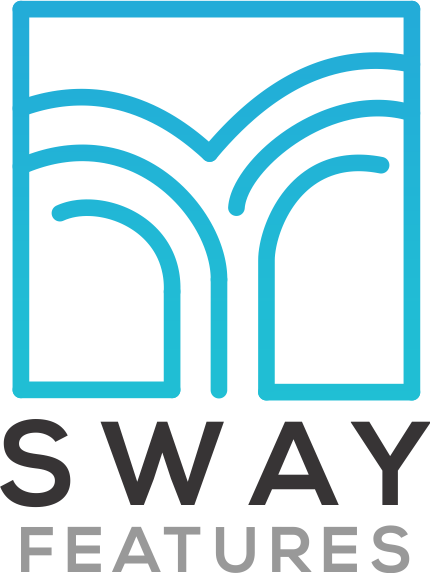Methane Mitigation Contractors
Methane Mitigation Construction is a specialty trade that is required in certain locations depending on historical oil drilling, landfills, or other methane producing sites. This work cannot be completed by a general contractor, it needs to be completed by a certified installer approved by a methane barrier material manufacture.
Methane Mitigation Construction – Important Questions!
- What Methane Barrier Manufacturer do you install?
- Does the barrier you are installing have an LARR Certification?
- Is your company a manufacturer approved applicator for this Methane Barrier?
- What is included and excluded in the Construction Bid?
Methane Barrier Approved Applicator
When hiring a Methane Mitigation Contractor, it is important to request and confirm that the company is an approved applicator. The certification process is extensive and requires years of experience along with knowledge of vapor intrusion prevention for new construction.
The application of Vapor Barriers is sensitive, minor mistakes may affect the functionality of the Methane Mitigation system. For this reason, barrier manufactures implement strict and selective applicator certification processes. As a result of these quality control measures, it is common to have just a few approved applicators within a region.

LARR – Los Angeles Research Report
Methane Mitigation Designers are required to specify an LARR approved Methane barrier within the Methane Plans. LARR stands for Los Angeles Research Report, which is a material certification that is issued by the city of Los Angeles Building and Safety. The LARR approval certifies that the Methane Barrier meets the testing requirements of the City of Los Angeles.
Inexperienced contractors may unintentionally implement non-LARR approved methane barriers or may not meet the LARR installation techniques. LADBS has implemented a Methane Deputy Inspection program to ensure that Contractors do not inadvertently cut corners during the installation of methane mitigation systems. It is important that General Contractors and Owners are aware of these possible issues, if work is not completed according to the Los Angeles Research Report, your LA City Building Inspector may not provide the certificate of occupancy for your project.
The current list of LARR approved product can be found on the LADBS website.
Methane Mitigation and Waterproofing
Depending on the Design Features of your project, you may be required to implement below grade waterproofing within your structure. In the case, the Methane Barrier also acts as the waterproofing barrier, and your Methane Mitigation Contractor will be responsible for the waterproofing aspects of your structure.
These membrane applications can be installed on planters, poured in place retaining walls, block wall retaining walls shoring walls, and more. Each application has a different installation technique which will be outline dby the material manufacture and specified in the LARR.
In these circumstances, it is important to confirm that the Methane Barrier that is being used has the LARR approval for waterproofing. Not all Methane Barriers are designed to act has waterproofing membranes, and not all waterproofing systems have the certification to be used as a methane barrier.
Sway Features is a methane mitigation contractor who is approved to install various methane barriers and waterproofing systems.
What if there is an oil well on my property?

Over 100 years ago, the Los Angeles area flourished with oil drilling. Thousands of oil wells were drilled to take advantage of the prosperous and profitable oil fields that live beneath the grounds of the Southern California area. Fast forward 100 years later, these same oil wells caused the destructive Ross explosion, which has prompted the Los Angeles Department of Building and Safety to enforce the Methane Mitigation requirements. Looking at the Cal gem site, you can find the thousands of oil wells that are located in Los Angeles. On occasion, an oil well can exist below a property that you own. You want to make sure that this specific oil well is properly abandoned. In this case, it’s crucial to carefully observe the guidelines established by the Los Angeles Department of Building and Safety and the Los Angeles Fire Department to ensure that all of the documentation verifying the appropriateness of the abandonment are provided.
The city of LA does not have restrictions in regards to building over the Oil Wells, but it is ultimately the property owner’s responsibility at the time if any issues related to an oil well will occur. For example, if it is proven that an oil well is leaking, it is the responsibility of the property owner to provide access to the fire department and department of building and safety for the testing of this oil well. If it is confirmed that there is a problem with the oil well, the property owner will take on the financial responsibility to resolve the issue. The company that owned the oil well and the contractor they hired to install it wouldn’t be burdened by this anymore since the transition of ownership of property was already made.
